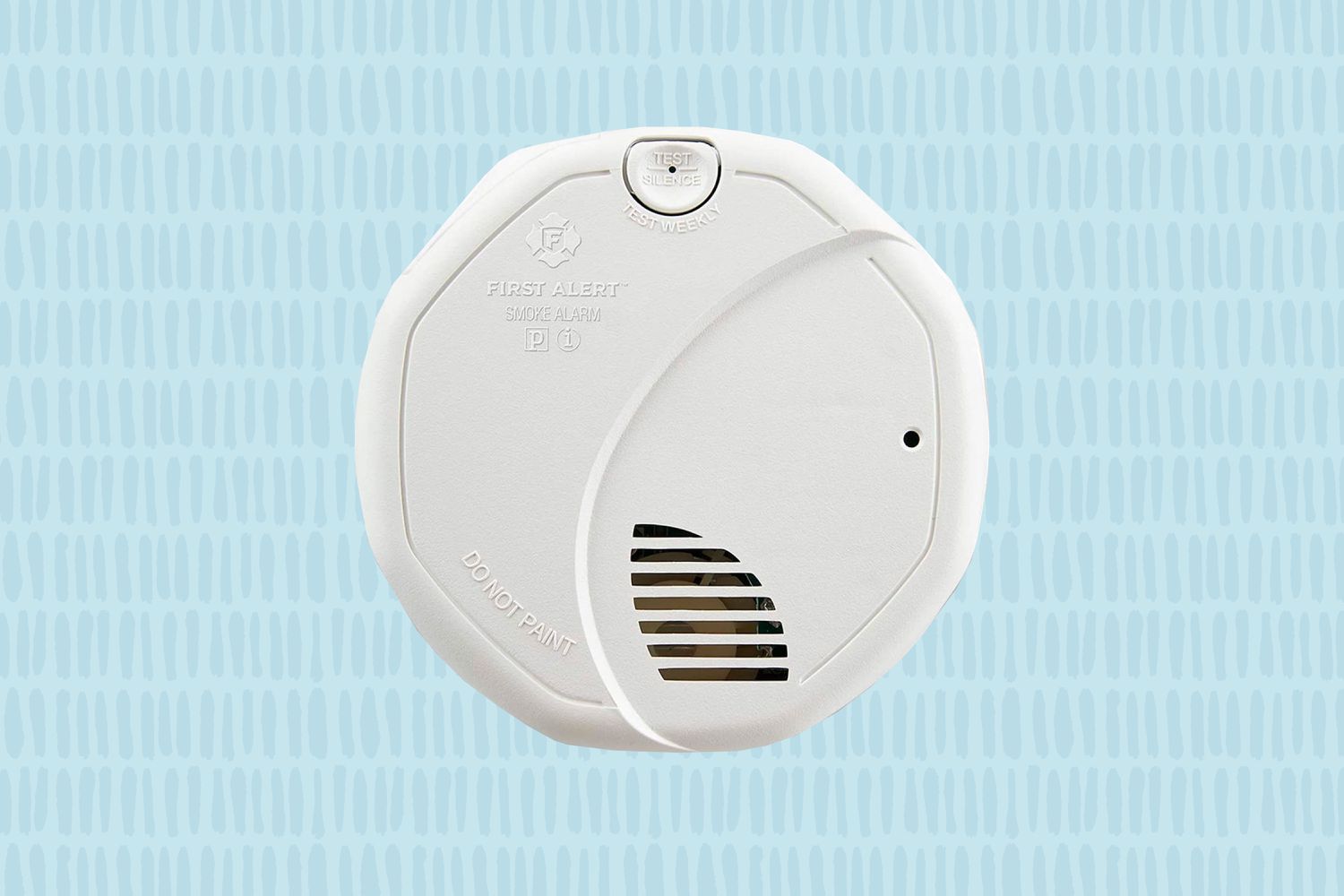

Articles
How To Silence A Smoke Detector
Modified: February 24, 2024
Discover effective methods to silence a smoke detector safely and efficiently in this informative articles. Put an end to annoying false alarms and be prepared for any situation.
(Many of the links in this article redirect to a specific reviewed product. Your purchase of these products through affiliate links helps to generate commission for Storables.com, at no extra cost. Learn more)
Introduction
Welcome to our comprehensive guide on how to silence a smoke detector. Smoke detectors play a critical role in keeping us safe by alerting us to the presence of smoke and potential fires. However, there are certain situations where we may need to temporarily silence a smoke detector, such as during a false alarm or while cooking in the kitchen. It’s essential to approach the task of silencing a smoke detector with caution and adhere to safety guidelines to prevent any compromise in our overall safety.
In this article, we will explore various methods to safely silence a smoke detector. We’ll discuss when it is appropriate to silence a smoke detector and highlight the importance of understanding the device’s functionality before attempting any action. Additionally, we’ll provide step-by-step instructions on different methods you can use to silence a smoke detector and offer tips to ensure your safety throughout the process.
Before we dive into the details, it’s important to note that while silencing a smoke detector may be necessary at times, it should never be a permanent solution. Smoke detectors are designed to save lives by detecting the presence of smoke and alerting occupants to evacuate in case of a fire emergency. Therefore, it’s crucial to ensure that your smoke detectors are regularly tested, properly maintained, and equipped with functioning batteries to guarantee their optimal performance when you need them the most.
Now that we’ve covered the basics, let’s delve into the world of smoke detectors and understand how they work to better comprehend the methods we can use to silence them safely.
Key Takeaways:
- Silencing a smoke detector should only be a temporary measure, prioritizing safety and following precautions. Regular maintenance and understanding the device are crucial for optimal performance and overall household safety.
- Methods such as removing batteries, using the silence button, cleaning, and replacing the smoke detector can be employed for temporary silencing. However, these methods should never be permanent solutions, and safety precautions must be adhered to at all times.
Read more: How To Silence An ADT Motion Detector
Understanding Smoke Detectors
Before we discuss how to silence a smoke detector, it’s important to have a basic understanding of how these devices work. Smoke detectors are electronic devices that are designed to detect the presence of smoke in the air. When smoke particles enter the smoke detector, it triggers an alarm, alerting occupants of a potential fire hazard.
There are two main types of smoke detectors: ionization smoke detectors and photoelectric smoke detectors.
Ionization Smoke Detectors: Ionization smoke detectors contain a small amount of radioactive material between two electrically charged plates. The radiation ionizes the air, creating an electric current. When smoke enters the detector, it disrupts the current, triggering the alarm.
Photoelectric Smoke Detectors: Photoelectric smoke detectors use a light source and a photocell. The light source emits a beam of light, and the photocell detects the amount of light reflected off the particles in the smoke. When the smoke particles enter the detector and block the light beam, the photocell senses this and activates the alarm.
Both types of smoke detectors are effective in detecting smoke, but they may vary in their sensitivity to different types of fires. Ionization smoke detectors are typically more responsive to fast flaming fires, while photoelectric smoke detectors are more effective at detecting slow smoldering fires. It’s recommended to have a combination of both types or dual-sensor smoke detectors in your home for maximum fire detection coverage.
Understanding how your smoke detector functions can help you make informed decisions when it comes to silencing the alarm temporarily. Remember, it’s crucial to never disable or disconnect a smoke detector permanently, as it puts you and your household at risk. Now that we have a clear understanding of smoke detectors, let’s explore the various reasons why you might need to silence one temporarily.
Reasons for Silencing a Smoke Detector
While smoke detectors are a vital safety feature in every home, there are situations where temporarily silencing the alarm becomes necessary. It’s important to note that these situations should be exceptional and rare, and every effort should be made to ensure the safety of your household. Here are a few reasons why you might need to silence a smoke detector:
- Cooking: Smoke detectors can be triggered by smoke and fumes produced during cooking, especially when using high heat or cooking methods that generate significant amounts of smoke. Silencing the smoke detector during this period can prevent false alarms.
- Smoke from Candles or Incense: Burning candles or incense can sometimes produce smoke that may trigger the smoke detector. In these cases, temporarily silencing the alarm can be necessary.
- Shower Steam: Taking hot showers can produce steam that may trigger a smoke detector if it is located in close proximity to the bathroom. Silencing the alarm during showers can prevent false alarms.
- Construction or Renovation: Dust and debris generated during construction or renovation projects can trigger smoke detectors. Silencing the detector temporarily can help avoid unnecessary alarms until the project is completed.
- Kitchen Smoke: Smoke detectors installed near the kitchen may be more sensitive to cooking smoke. Silencing the alarm when cooking on high heat, frying, or using the oven can prevent false alarms.
- Testing or Maintenance: When conducting regular testing or maintenance on your smoke detectors, such as replacing batteries or cleaning the sensors, you may need to temporarily silence the alarm.
It’s important to remember that silencing a smoke detector should only be done as a temporary measure and with caution. Always prioritize safety and ensure that the smoke detector is reactivated promptly once the situation that warranted its silencing has passed.
In the next section, we will discuss the safety precautions that should be followed when silencing a smoke detector.
Safety Precautions
When it comes to silencing a smoke detector, it’s crucial to prioritize safety above all else. While there may be instances where temporarily silencing the alarm is necessary, it’s important to follow these safety precautions to ensure the well-being of yourself and your household:
- Identify the Source: Before silencing the smoke detector, make sure to identify the source of the alarm. Ensure there is no actual fire or smoke present that requires immediate attention. If there is any doubt, evacuate and contact emergency services.
- Alert Others: Inform family members or other occupants of the household that you will be silencing the smoke detector temporarily. It’s important that everyone is aware of the situation to prevent panic or confusion in case of an actual emergency.
- Wear Protective Gear: In situations where you might be exposed to smoke or fumes while silencing the smoke detector, consider wearing a mask or covering your mouth and nose to reduce inhalation of harmful substances.
- Read the Manual: Familiarize yourself with the manufacturer’s instructions for your specific smoke detector model. Different detectors may have different mechanisms for silencing the alarm, so it’s essential to understand how yours works.
- Test the Alarm: Before silencing the smoke detector, ensure that it is working properly by conducting a test. This will confirm that the detector is functioning correctly and that the alarm will be activated when needed.
- Keep a Safe Distance: When silencing the smoke detector, ensure that you maintain a safe distance from the device. Avoid standing on chairs or ladders to reach the detector to prevent accidents or injuries.
- Reactivate Promptly: After the situation that required the smoke detector to be silenced has passed, reactivate the alarm immediately. Ensure that it is fully operational and capable of detecting smoke and alerting you in case of a fire emergency.
- Regular Maintenance: Perform regular maintenance on your smoke detectors, such as testing and changing batteries as recommended by the manufacturer. This will ensure that they are functioning optimally and will minimize the need for silencing the alarms.
By adhering to these safety precautions, you can confidently silence a smoke detector when necessary while maintaining the highest level of safety for yourself and your household.
Now that we’ve covered the safety precautions, let’s explore the methods you can use to silence a smoke detector temporarily.
Methods to Silence a Smoke Detector
When it becomes necessary to silence a smoke detector temporarily, there are several methods you can use. It’s important to remember that these methods should only be used in exceptional circumstances and should never be considered a permanent solution. Here are some common methods:
- 1. Removing the Batteries: The most straightforward method is to remove the batteries from the smoke detector. This will effectively silence the detector, but it also disables its ability to detect smoke and alert you in case of a fire. Remember to reinsert the batteries promptly once the situation that required the detector to be silenced has passed.
- 2. Using the Silence Button: Many modern smoke detectors come equipped with a silence button. Pressing this button will temporarily silence the alarm for a predefined period, usually around 10 minutes. This method allows you to silence the detector without entirely disabling it. However, if the smoke or fire continues, the alarm will reactivate after the preset time has elapsed.
- 3. Cleaning the Smoke Detector: Dust or other particles can accumulate on the sensors of the smoke detector, leading to false alarms. In some cases, cleaning the detector can resolve the issue. Refer to the manufacturer’s instructions for cleaning recommendations and use a soft brush or compressed air to gently remove any debris.
- 4. Replacing the Smoke Detector: If you find that your smoke detector is frequently triggering false alarms or is malfunctioning, it may be time to consider replacing it. Smoke detectors have a limited lifespan, usually around 10 years. Installing a new, updated smoke detector will ensure reliable fire detection and reduce the need for frequent silencing.
Always remember to follow the safety precautions outlined earlier and prioritize the safety of yourself and your household. Silencing a smoke detector should only be done in exceptional circumstances and for a limited duration.
Lastly, it’s crucial to emphasize that the methods discussed here are for silencing smoke detectors temporarily. Permanent disabling of a smoke detector is strongly discouraged, as it can compromise the safety of your home and increase the risk of injury or fatality in the event of a fire.
Now that we’ve explored the methods to silence a smoke detector, let’s wrap up this article with some final thoughts.
If your smoke detector is beeping due to low battery, replace the battery immediately. If it continues to beep, try cleaning the detector with a soft brush to remove dust and debris. If the issue persists, contact the manufacturer for further assistance.
Read more: How To Smoke In A Room With A Smoke Detector
Removing the Batteries
One method to temporarily silence a smoke detector is by removing the batteries. This is a simple and straightforward approach, but it should only be used in emergency situations and as a last resort. Here’s a step-by-step guide:
- Assess the Situation: Before removing the batteries, evaluate the situation to ensure that there is no actual fire or immediate danger. Verify that silencing the smoke detector is necessary and consider the potential risks.
- Locate the Smoke Detector: Identify the smoke detector that requires silencing. Most smoke detectors are mounted on the ceiling or high on the walls. Use a stable stepladder or step stool to reach the detector safely.
- Disable the Alarm: Carefully remove the cover of the smoke detector, following the manufacturer’s instructions. Inside, you will find the batteries. Gently remove them from the compartment. Make sure you keep the batteries in a safe place and remember to reinsert them as soon as the need to silence the alarm has passed.
- Verify Silence: Once the batteries are removed, the smoke detector should be silenced. However, it’s crucial to verify that the alarm has indeed stopped. Use a towel or a small fan to generate smoke near the smoke detector; if the alarm remains silent, it means the batteries were successfully removed.
- Reactivate the Smoke Detector: It’s important to reactivate the smoke detector as soon as the temporary need to silence the alarm has passed. Reinsert the batteries into the compartment and ensure they are properly aligned. Replace the cover of the smoke detector securely.
Removing the batteries is a quick solution to silence a smoke detector, but it should never be considered a long-term or permanent resolution. Remember to prioritize safety and regularly check and maintain your smoke detectors to ensure they are in optimal working condition.
Now that we’ve covered the first method, let’s move on to the next technique for temporarily silencing a smoke detector: using the silence button.
Using the Silence Button
Many modern smoke detectors come equipped with a convenient feature known as the silence button. This button allows you to temporarily silence the alarm without completely disabling the smoke detector. Here’s how you can use the silence button:
- Assess the Situation: Before using the silence button, ensure that there is no actual fire or immediate danger. Evaluate the situation and determine if silencing the smoke detector is necessary.
- Locate the Silence Button: Look for the silence button on the front or side of the smoke detector. It’s usually labeled with a bell or a symbol representing the alarm.
- Press the Silence Button: Once you’ve located the silence button, simply press and hold it down for a few seconds. The smoke detector will emit a short beep to indicate that the alarm has been silenced. The silence duration varies depending on the model, typically around 10 minutes.
- Confirm Silencing: To ensure that the smoke detector has been successfully silenced, create some smoke near the detector using a towel or a small fan. If the alarm remains silent, it means the silence button has effectively silenced the detector.
- Reactivate the Smoke Detector: After the predefined silence duration has passed, the smoke detector will automatically reactivate the alarm. However, if the smoke or fire is still present, the alarm will activate again to alert you. If the situation that required the temporary silencing has subsided, there is no further action needed.
Using the silence button is a convenient method to temporarily mute the smoke detector while still maintaining its detection capabilities. It allows you to address situations that may trigger false alarms without completely disabling the detector’s functionality.
Remember, the silence button is a temporary solution, and it should never be used to silence the alarm for an extended period. Regularly test and maintain your smoke detectors to ensure they are functioning correctly and ready to respond in the event of a fire emergency.
Now that we’ve explored the second method, let’s move on to the next technique for temporarily silencing a smoke detector: cleaning the smoke detector.
Cleaning the Smoke Detector
If your smoke detector is frequently triggering false alarms due to dust or debris build-up, cleaning the detector can help resolve the issue and prevent unnecessary silencing. Here’s a step-by-step guide on how to clean your smoke detector:
- Turn Off Power: Before cleaning the smoke detector, turn off the power supply. Most smoke detectors have a removable battery compartment or a switch to disconnect the power.
- Remove the Cover: Gently remove the cover of the smoke detector by following the manufacturer’s instructions. Some detectors may require twisting or sliding the cover to release it.
- Inspect the Sensors: Inside the smoke detector, you will find the sensors, typically small chambers or ports. Use a soft brush or compressed air to remove any dust or debris that may have accumulated on the sensors. Be gentle and avoid touching the sensors directly.
- Clean the Cover: Clean the cover of the smoke detector using a damp cloth or sponge. Be careful not to wet any electrical components. Wipe away any dirt or dust that may have collected on the cover.
- Reassemble the Smoke Detector: Once the sensors and cover are clean and dry, carefully reassemble the smoke detector. Make sure the cover is securely in place to ensure proper functioning.
- Power On the Detector: Turn the power supply back on by reconnecting the batteries or flipping the power switch. The smoke detector should now be clean and ready to detect smoke without triggering false alarms.
Regularly cleaning your smoke detector can help maintain its sensitivity and reduce the likelihood of false alarms. However, it’s important to note that cleaning alone may not solve all issues. If the smoke detector continues to trigger false alarms after cleaning, it may be necessary to replace it. Remember to follow the manufacturer’s recommendations for regular maintenance and cleaning.
Now that we’ve covered the third method, let’s move on to the final technique for temporarily silencing a smoke detector: replacing the smoke detector.
Replacing the Smoke Detector
If your smoke detector is constantly malfunctioning, triggering false alarms, or nearing the end of its recommended lifespan, it may be necessary to replace it. Installing a new smoke detector ensures reliable fire detection and minimizes the need for frequent temporary silencing. Here’s how you can replace a smoke detector:
- Select a New Smoke Detector: Choose a smoke detector that meets your needs and is compatible with your home. Consider factors such as power source (battery-operated or hardwired), sensor type (ionization or photoelectric), and any additional features you may require, such as interconnected systems or smart technology.
- Turn Off Power: Before proceeding with the replacement, ensure that the power to the smoke detector is turned off. If it is a hardwired detector, switch off the circuit breaker or remove the fuse that supplies power to the detector.
- Remove the Old Smoke Detector: Carefully remove the old smoke detector from its mounting bracket. The detector may be secured with screws or snaps. Twist or unscrew the device from the mounting plate, ensuring you have a firm grip to prevent it from falling.
- Disconnect Wiring: If the old smoke detector is hardwired, disconnect the wiring by removing the wire nuts and separating the cables. Take note of how the wires were connected to ensure proper installation of the new detector.
- Mount the New Smoke Detector: Position the new smoke detector on the mounting bracket and align it with the screw holes or snaps. Secure it in place by twisting or fastening it according to the manufacturer’s instructions.
- Connect Wiring: If the new smoke detector is hardwired, reconnect the wiring. Match the corresponding wire colors (typically black to black and white to white) and secure them with wire nuts. Tuck any excess wire into the electrical box.
- Test the New Smoke Detector: Turn the power back on and test the new smoke detector to ensure it is functioning correctly. Press the test button to activate the alarm and verify that it sounds. If the alarm does not go off, double-check the wiring and connections.
Replacing a smoke detector is an essential step in ensuring the safety of your home. It guarantees that you have a properly functioning detector that can accurately detect smoke and alert you in case of a fire emergency. Remember to regularly check and maintain your smoke detectors to ensure they are in optimal working condition.
Now that we’ve covered the fourth and final method for temporarily silencing a smoke detector, let’s wrap up this article with some closing thoughts.
Read more: How To Cover A Smoke Detector
Conclusion
Silencing a smoke detector should only be done in exceptional circumstances and as a temporary measure. Smoke detectors are critical for alerting us to potential fire hazards and ensuring our safety. It’s important to prioritize safety above all else and take the necessary precautions when silencing a smoke detector.
In this comprehensive guide, we discussed different methods to temporarily silence a smoke detector. Removing the batteries is a simple way to silence the alarm, but it also disables the detector’s ability to detect smoke. Using the silence button allows you to mute the alarm temporarily without completely disabling the detector. Cleaning the smoke detector can help resolve issues with false alarms caused by dust or debris build-up. Finally, if the smoke detector continues to malfunction or is nearing the end of its lifespan, it may be necessary to replace it with a new one.
Throughout the process of silencing a smoke detector, it’s important to follow safety precautions, such as assessing the situation, wearing protective gear if necessary, and promptly reactivating the smoke detector once the need for silencing has passed.
Remember, the methods discussed in this article are meant for temporary silencing only. Regular maintenance, including testing, cleaning, and replacing batteries as recommended by the manufacturer, should be conducted to ensure the optimal performance of your smoke detectors.
By understanding smoke detectors, practicing safety precautions, and using appropriate methods for temporary silence, you can strike a balance between addressing immediate situations and ensuring the overall safety of your household.
Stay vigilant, prioritize safety, and always be prepared for potential fire emergencies. Regularly educate yourself and your family members on fire safety measures, have an evacuation plan in place, and regularly assess and maintain your smoke detectors. With these precautions, you can enhance the safety of your home and protect your loved ones from fire hazards.
Frequently Asked Questions about How To Silence A Smoke Detector
Was this page helpful?
At Storables.com, we guarantee accurate and reliable information. Our content, validated by Expert Board Contributors, is crafted following stringent Editorial Policies. We're committed to providing you with well-researched, expert-backed insights for all your informational needs.
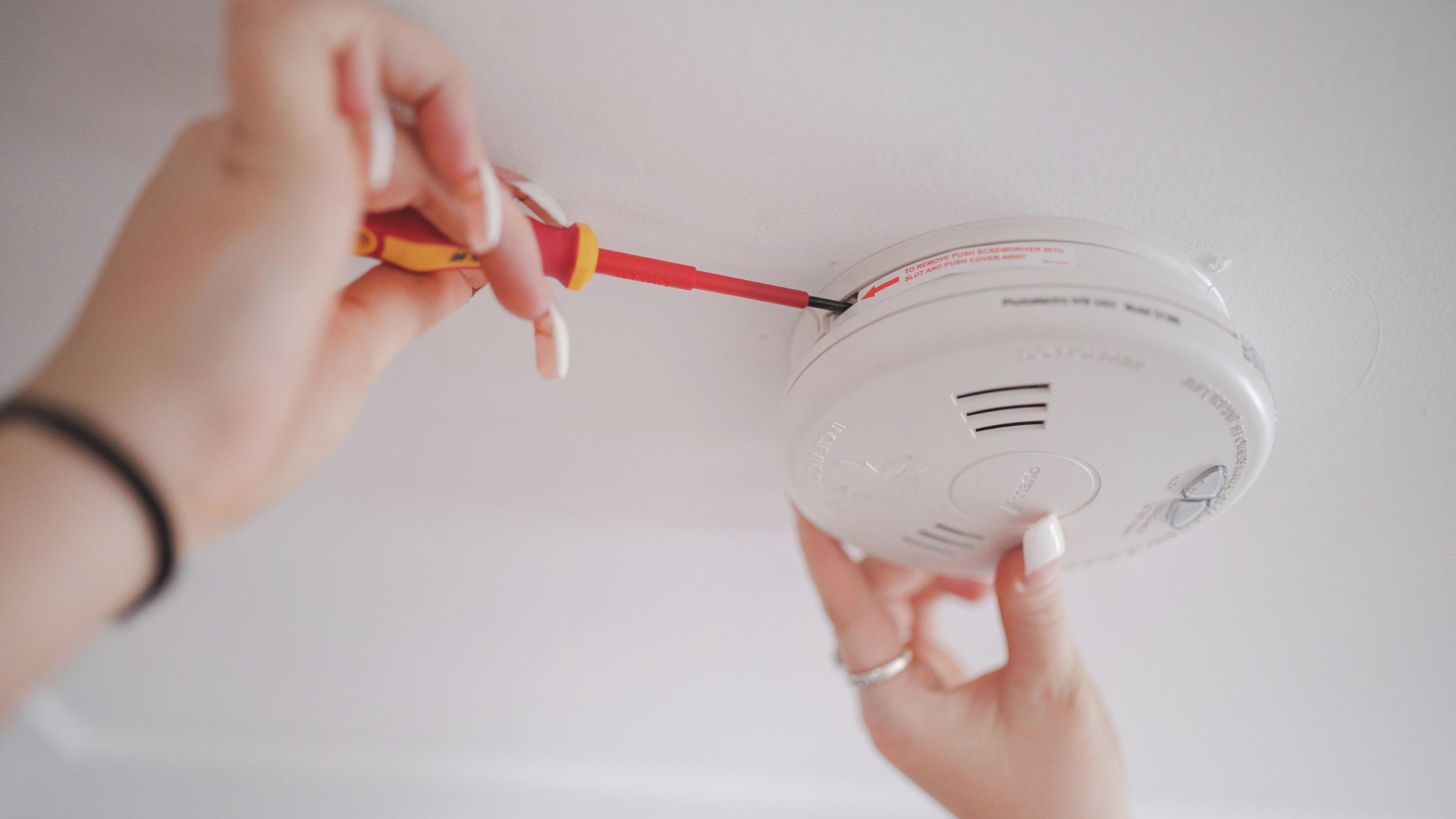
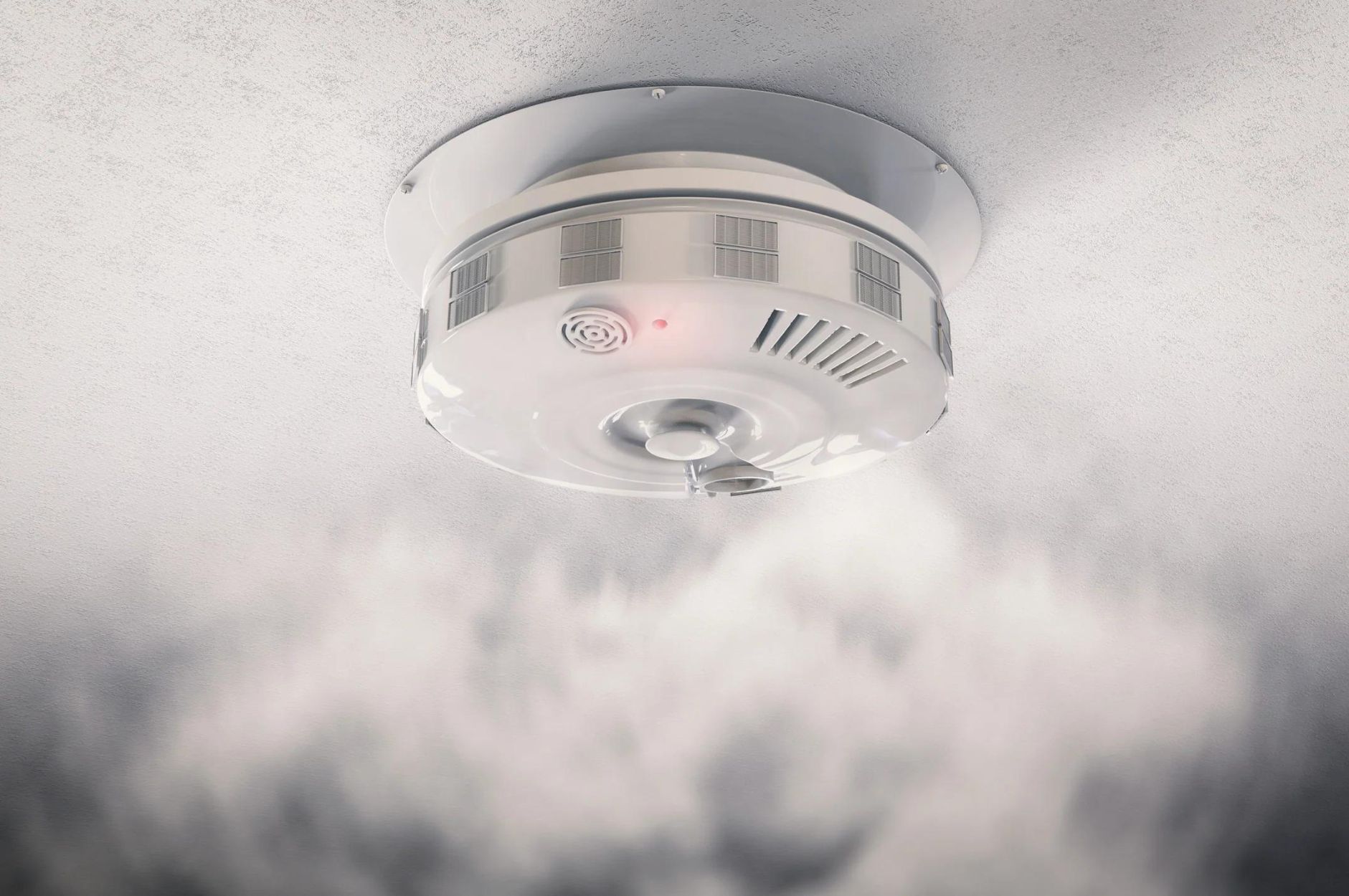
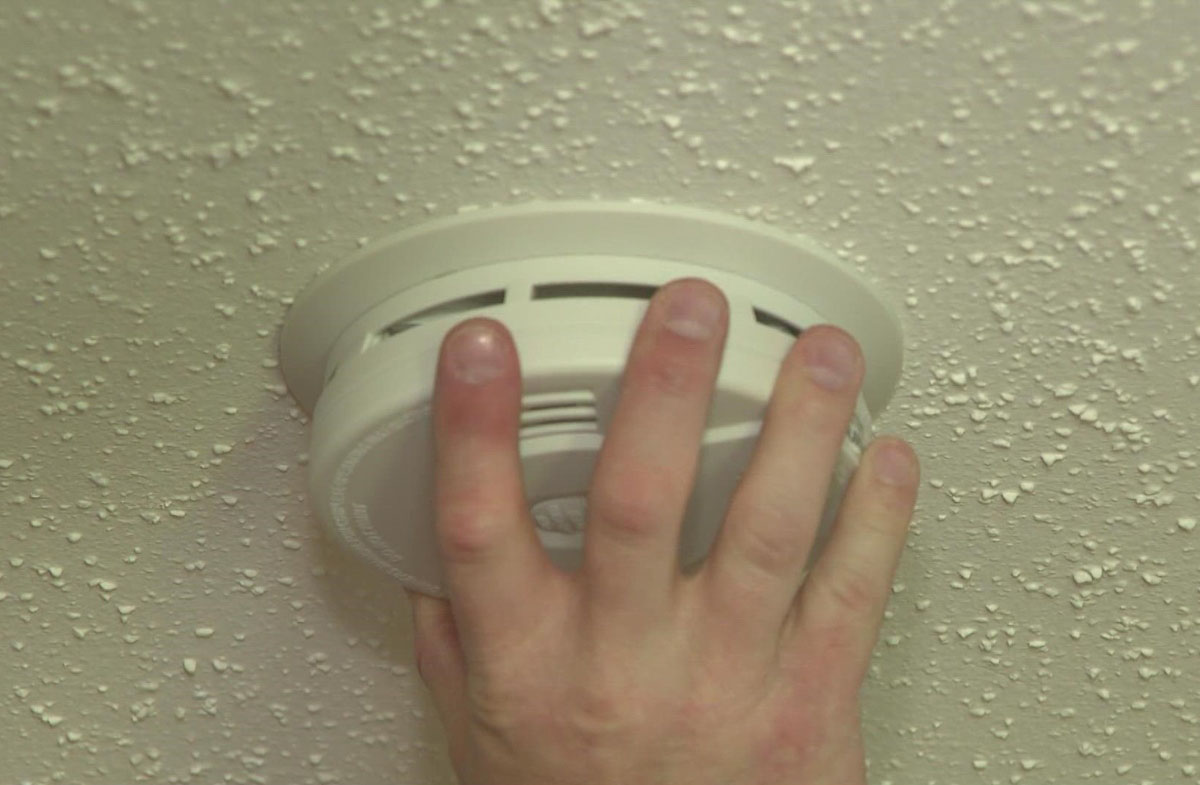
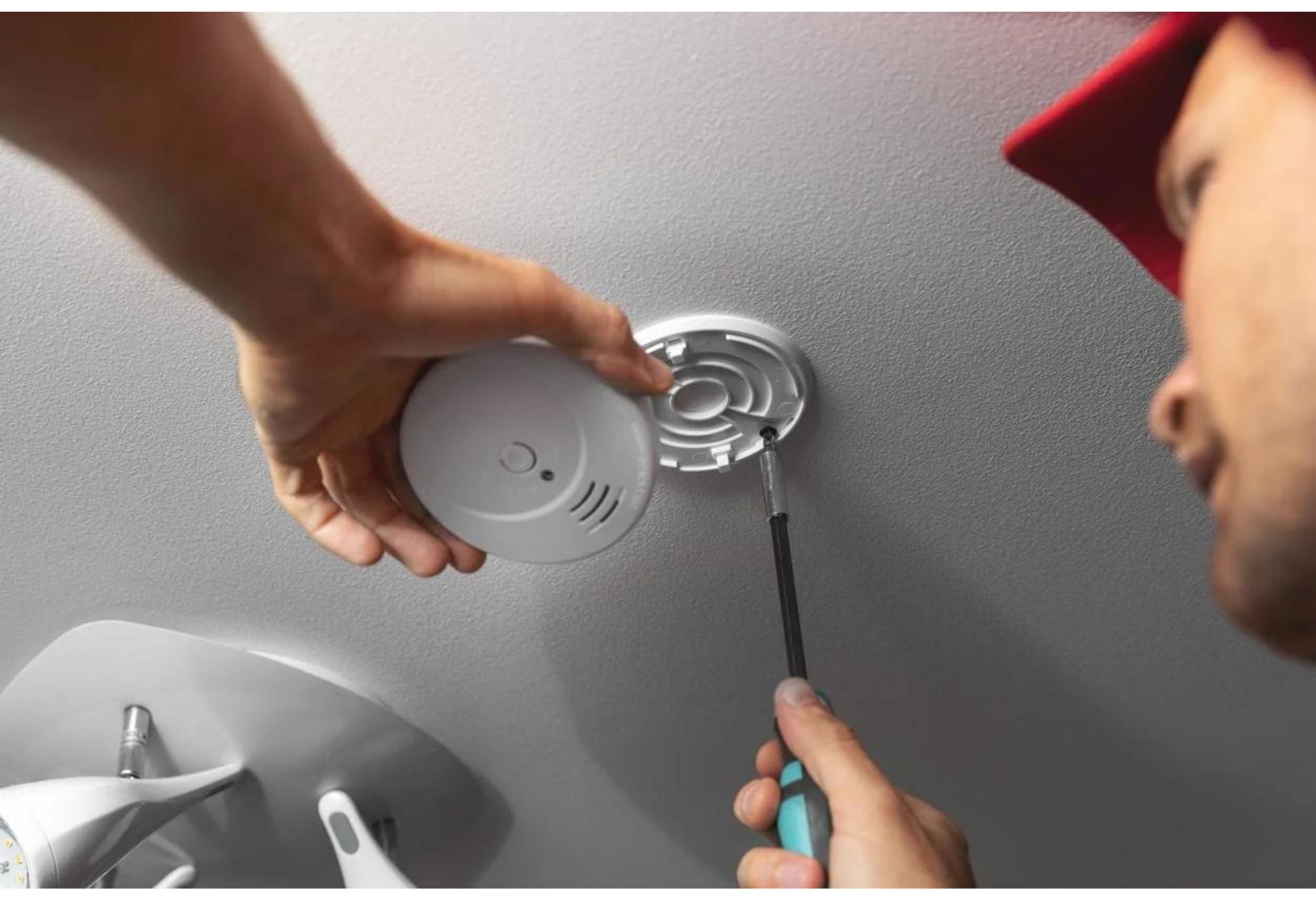
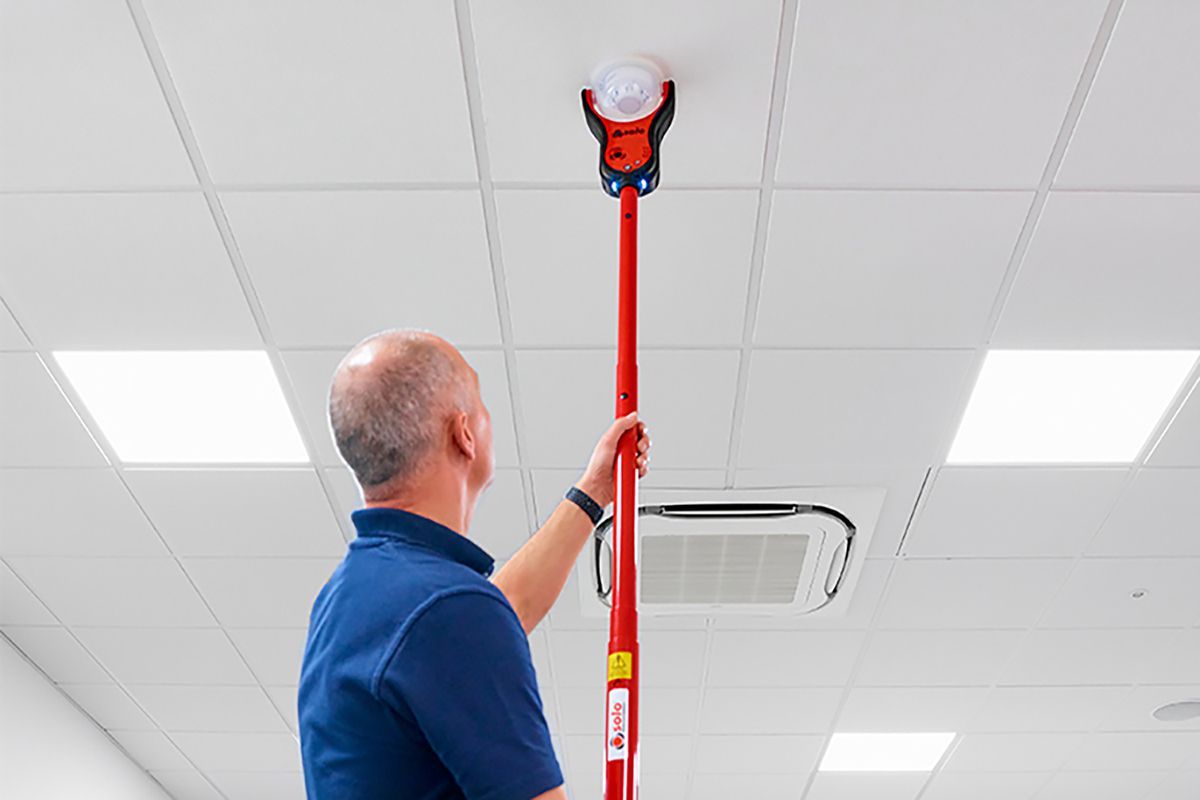
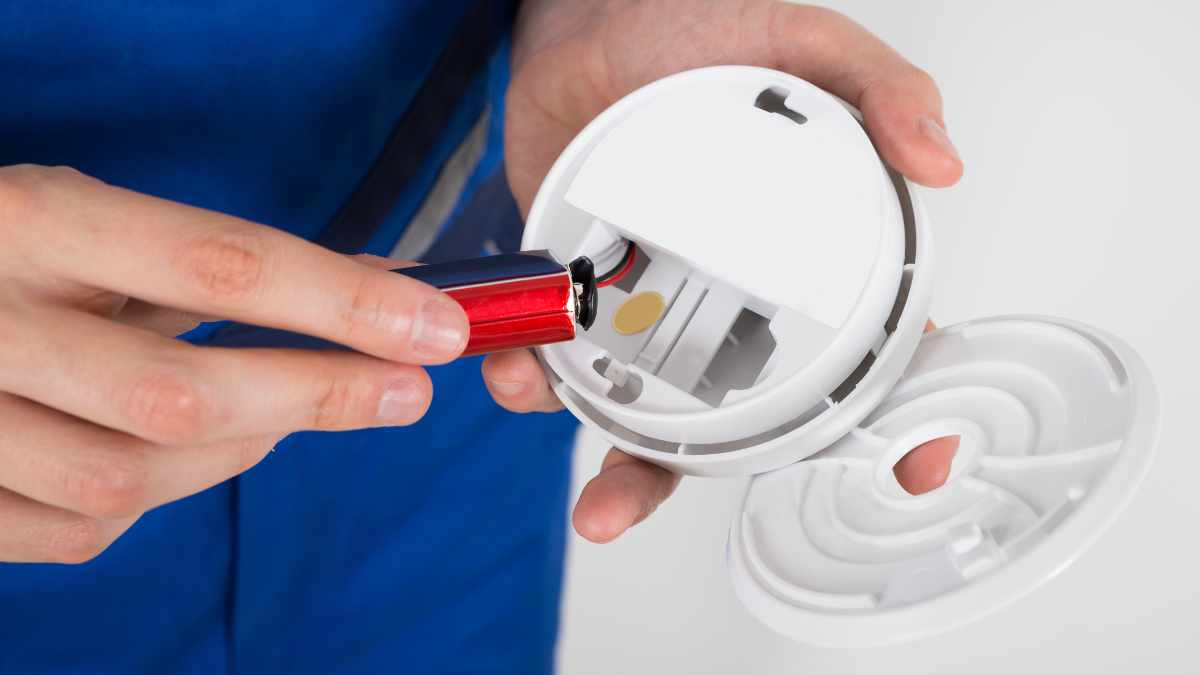
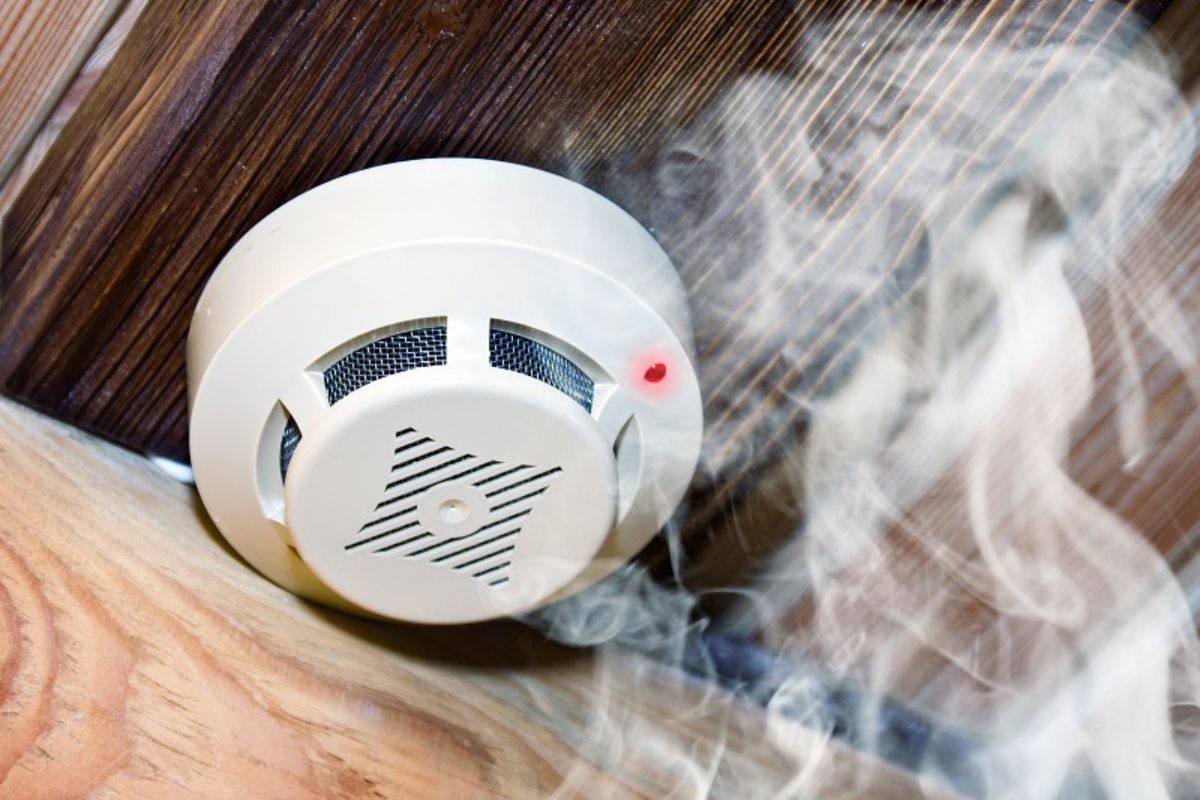
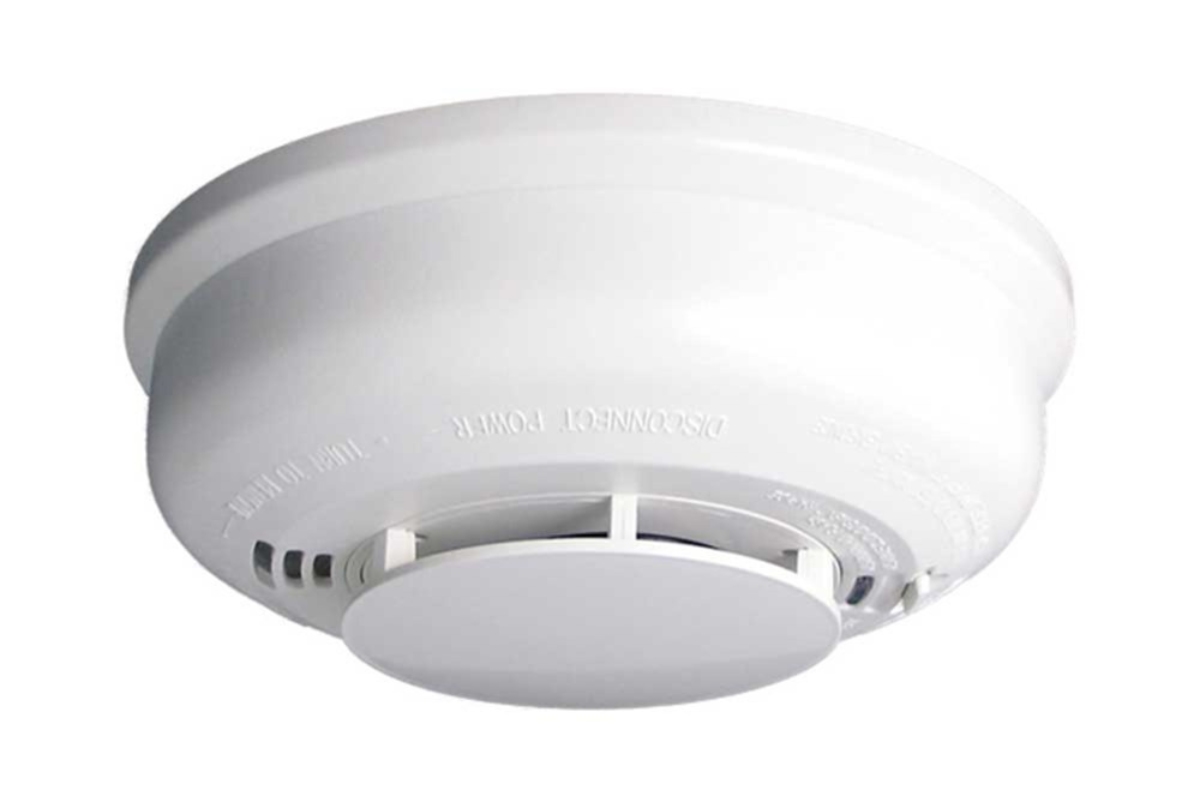
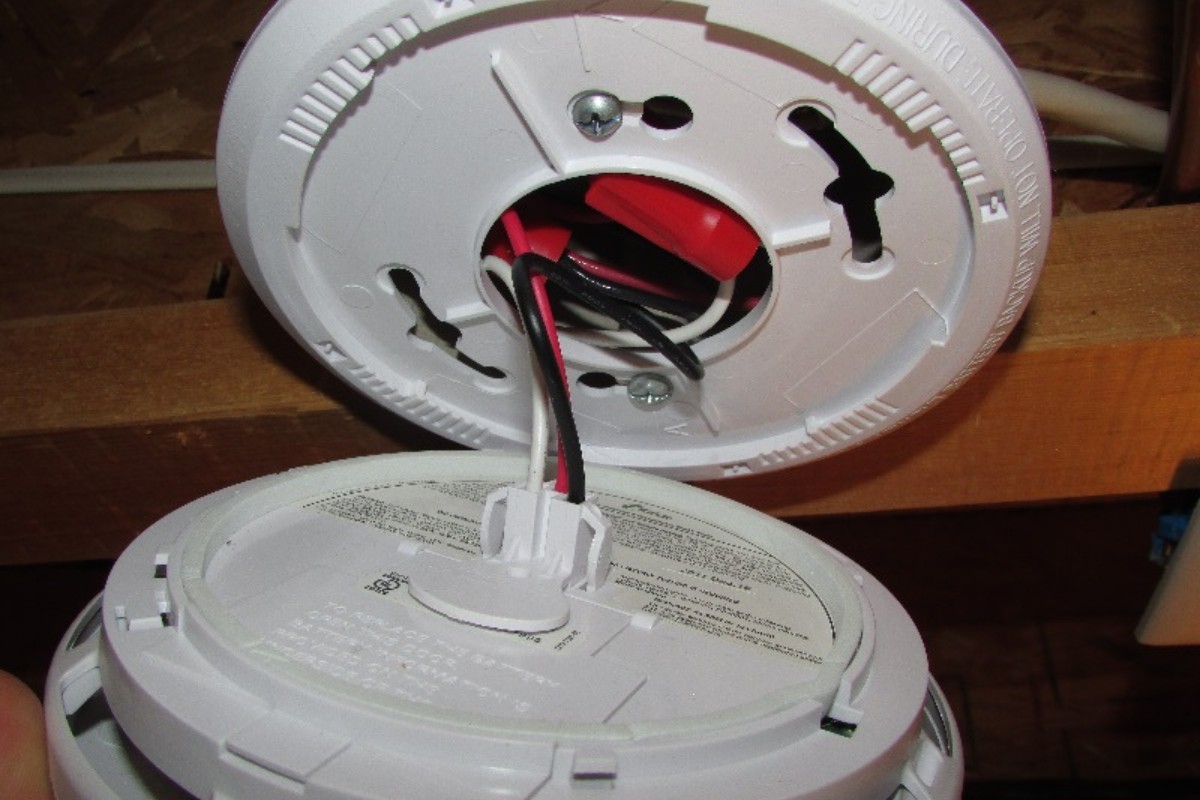
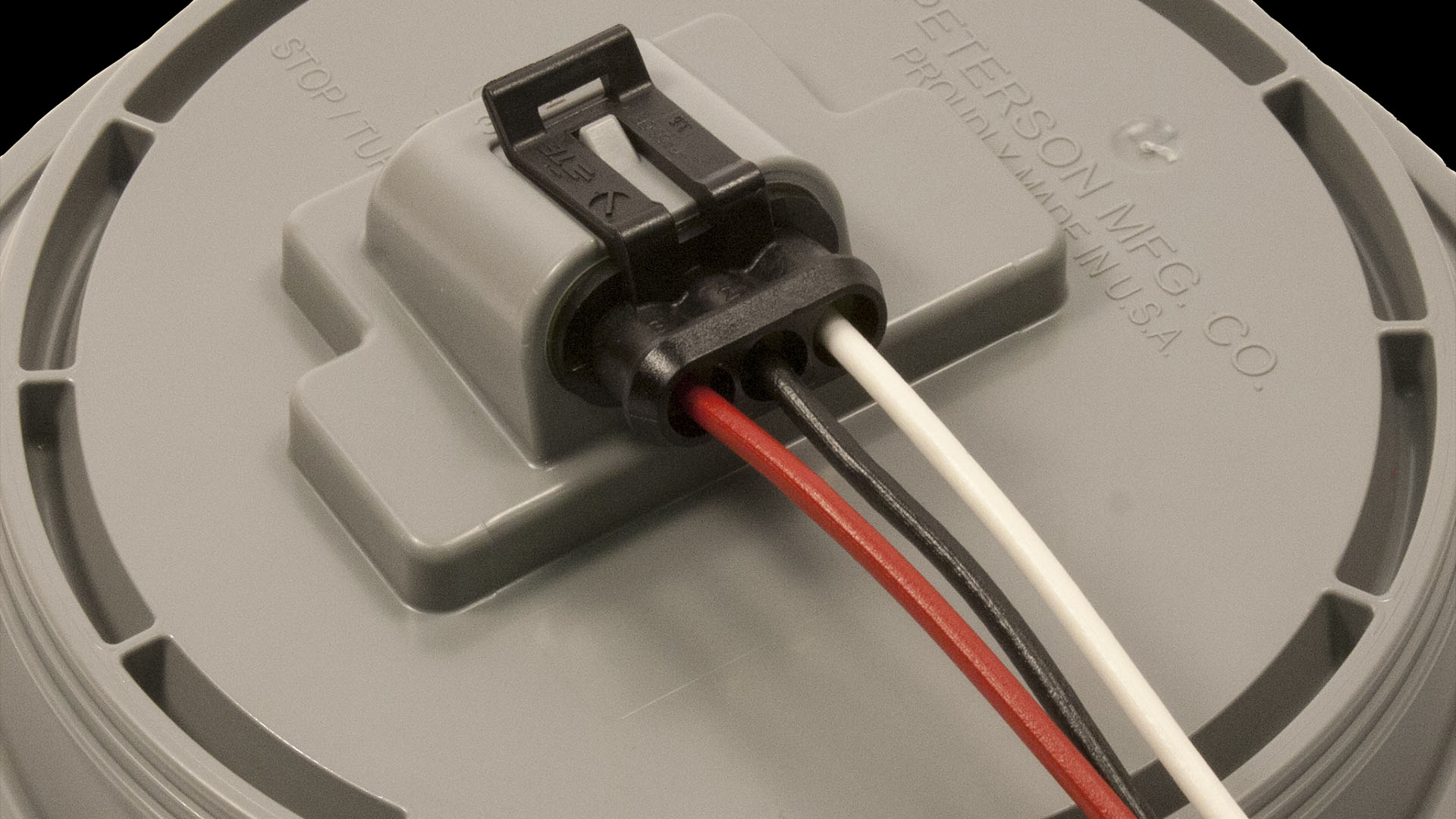

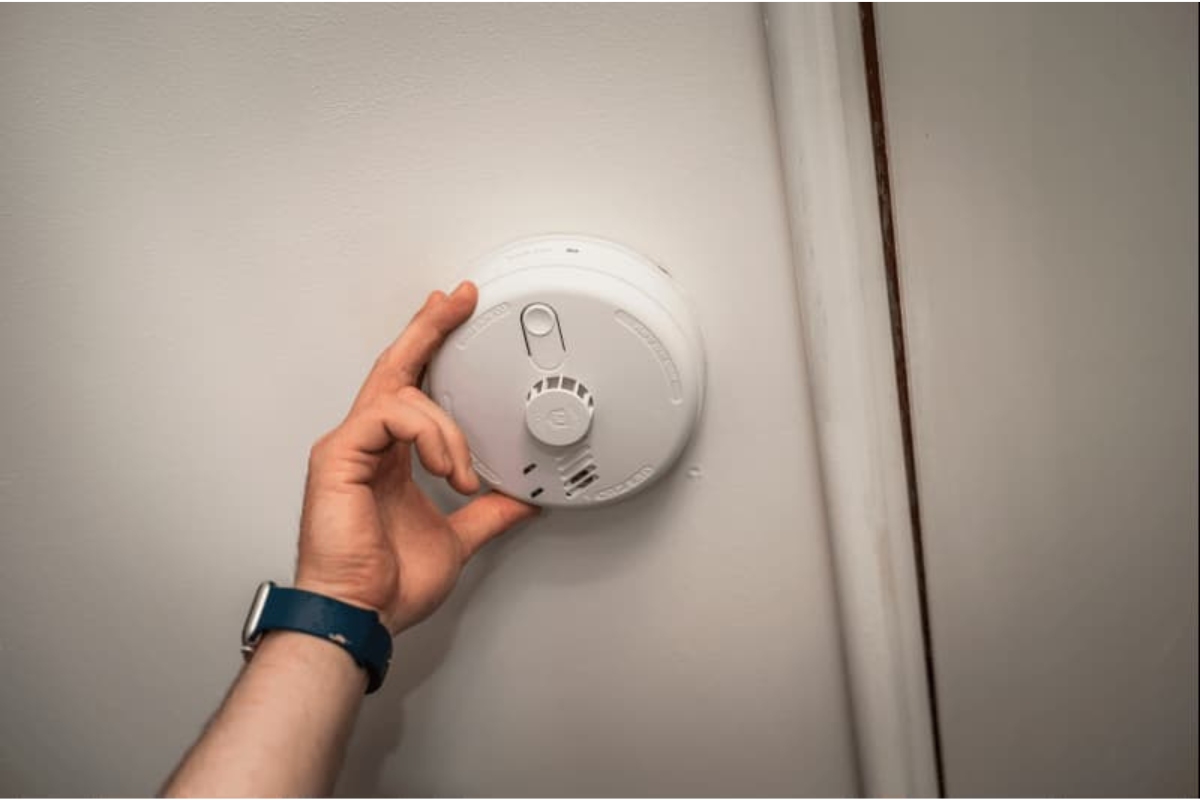
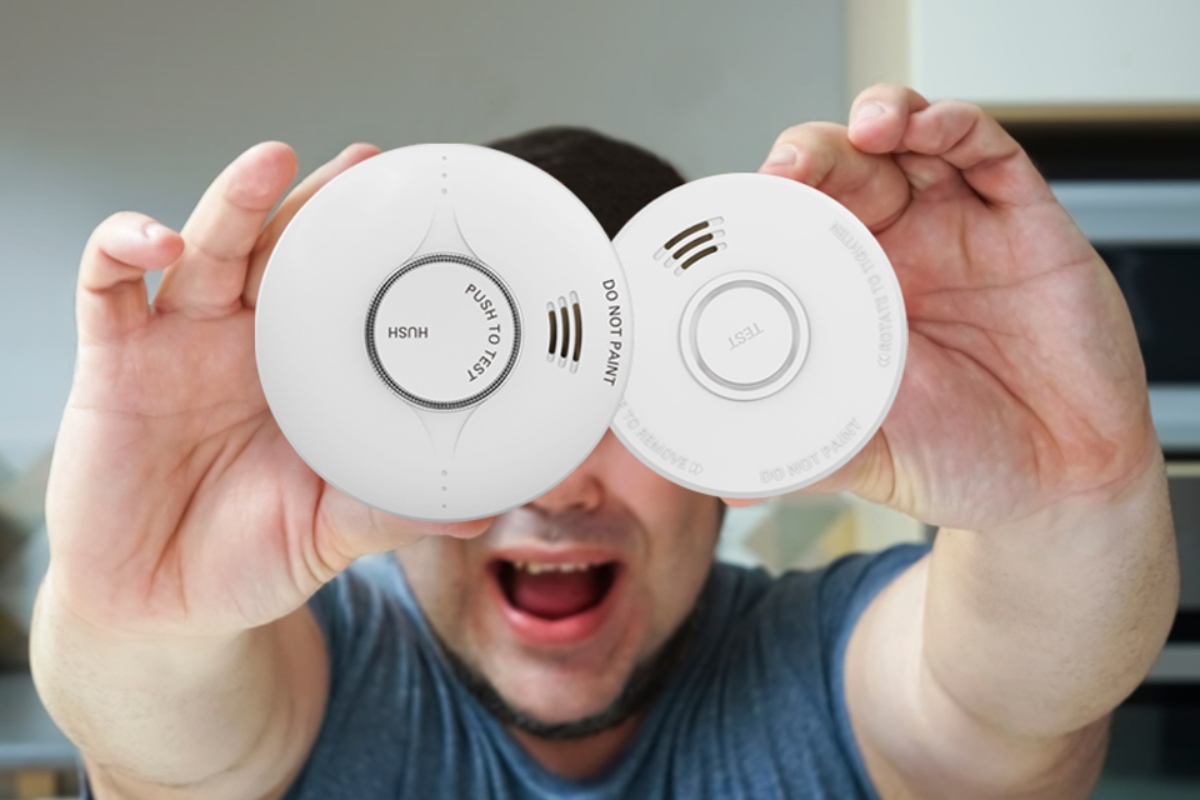

0 thoughts on “How To Silence A Smoke Detector”